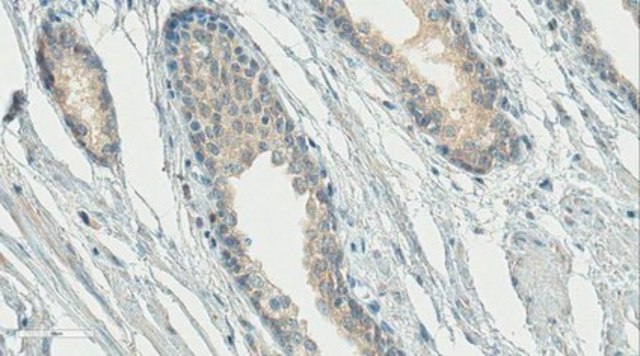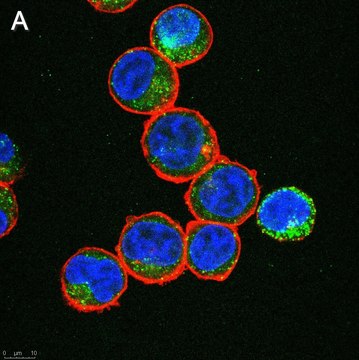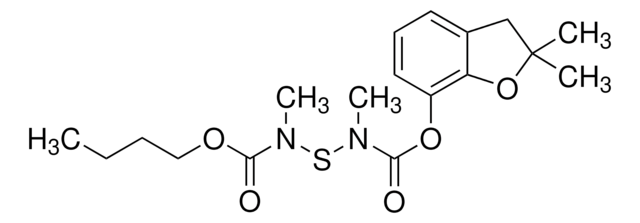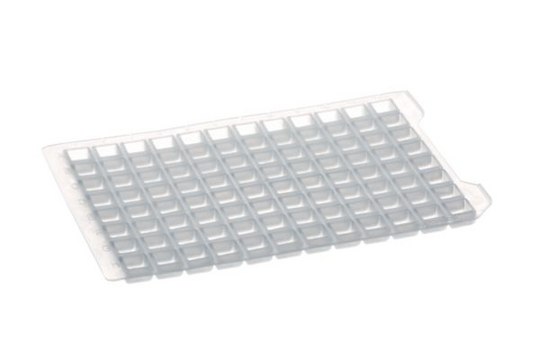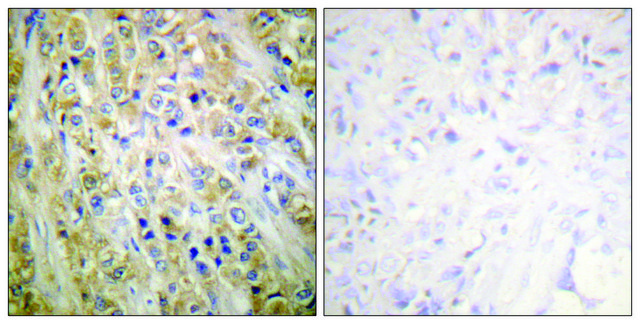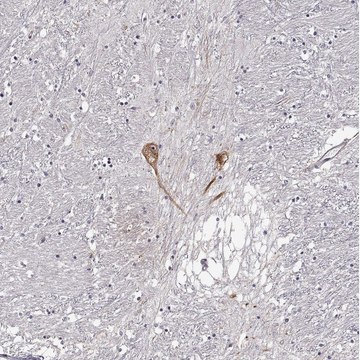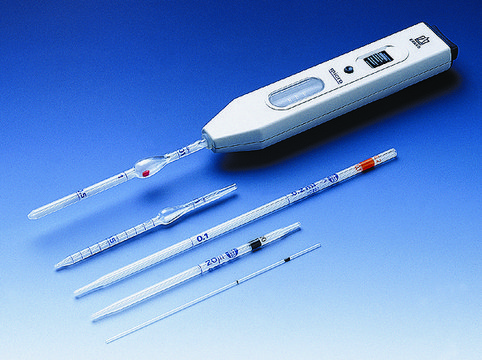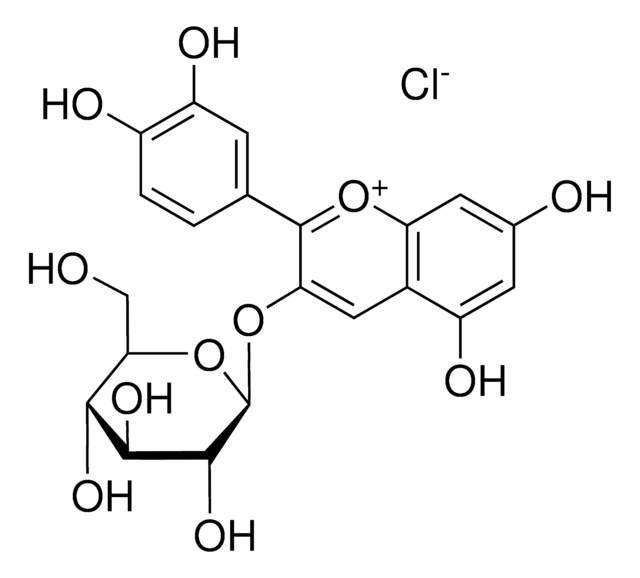推荐产品
生物来源
mouse
抗体形式
ascites fluid
抗体产品类型
primary antibodies
克隆
HU11B, monoclonal
种属反应性
hamster, shrimp, mouse, monkey, rat
制造商/商品名称
Chemicon®
技术
immunohistochemistry: suitable (paraffin)
同位素/亚型
IgG1
NCBI登记号
UniProt登记号
运输
dry ice
靶向翻译后修饰
unmodified
基因信息
mouse ... Gnrh1(14714)
特异性
Reacts with mammalian Gonadotropin-releasing hormone.
免疫原
Epitope: N-terminus
Mouse GnRH (QHWSYGLRPG) conjugated to bovine thyroglobulin.
应用
Immunohistochemistry on 4% paraformaldehyde fixed tissue sections.
Immunocytochemistry
Optimal working dilutions must be determined by end user.
Immunocytochemistry
Optimal working dilutions must be determined by end user.
Research Category
Neuroscience
Neuroscience
Research Sub Category
Hormones & Receptors
Hormones & Receptors
This Anti-Gonadotropin-Releasing Hormone Antibody, N-terminus, clone HU11B is validated for use in IH(P) for the detection of Gonadotropin-Releasing Hormone.
外形
Ascites fluid. Liquid. Contains no preservative.
储存及稳定性
Maintain at -20°C in undiluted aliquots for up to 6 months after date of receipt. Avoid repeated freeze/thaw cycles.
法律信息
CHEMICON is a registered trademark of Merck KGaA, Darmstadt, Germany
免责声明
Unless otherwise stated in our catalog or other company documentation accompanying the product(s), our products are intended for research use only and are not to be used for any other purpose, which includes but is not limited to, unauthorized commercial uses, in vitro diagnostic uses, ex vivo or in vivo therapeutic uses or any type of consumption or application to humans or animals.
未找到合适的产品?
试试我们的产品选型工具.
储存分类代码
10 - Combustible liquids
WGK
WGK 1
闪点(°F)
Not applicable
闪点(°C)
Not applicable
Santiago E Charif et al.
Physiological reports, 5(19) (2017-10-19)
Females of the South American plains vizcacha, Lagostomus maximus, show peculiar reproductive features such as massive polyovulation up to 800 oocytes per estrous cycle and an ovulatory process around mid-gestation arising from the reactivation of the hypothalamic-hypophyseal-ovary (H.H.O.) axis. Estradiol
Diana E Peragine et al.
Proceedings of the National Academy of Sciences of the United States of America, 114(5), 1207-1212 (2017-01-18)
Neuroendocrine mechanisms underlying social inhibition of puberty are not well understood. Here, we use a model exhibiting the most profound case of pubertal suppression among mammals to explore a role for RFamide-related peptide-3 [RFRP-3; mammalian ortholog to gonadotropin-inhibitory hormone (GnIH)]
Aleisha M Moore et al.
Scientific reports, 8(1), 2242-2242 (2018-02-06)
Kisspeptin/Neurokinin B/Dynorphin (KNDy) neurons of the arcuate nucleus (ARC) play a key role in the regulation of fertility. The ability to detect features of KNDy neurons that are essential for fertility may require three-dimensional (3D) imaging of the complete population.
S E Rietema et al.
Reproduction, fertility, and development, 31(11), 1682-1691 (2019-09-13)
Rams respond to acute nutritional supplementation by increasing the frequency of gonadotrophin-releasing hormone (GnRH) pulses. Kisspeptin neurons may mediate the effect of environmental cues on GnRH secretion, so we tested whether the ram response to nutrition involves activation of kisspeptin
Yang Li et al.
PloS one, 17(6), e0259609-e0259609 (2022-06-16)
Polycystic ovary syndrome often starts in puberty, and its pathogenesis is not clear. This study aimed to explore the pathogenesis of pubertal polycystic ovary syndrome (PCOS) and assess the therapeutic effect of electroacupuncture on pubertal PCOS. Dihydrotestosterone (DHT) was used
我们的科学家团队拥有各种研究领域经验,包括生命科学、材料科学、化学合成、色谱、分析及许多其他领域.
联系技术服务部门